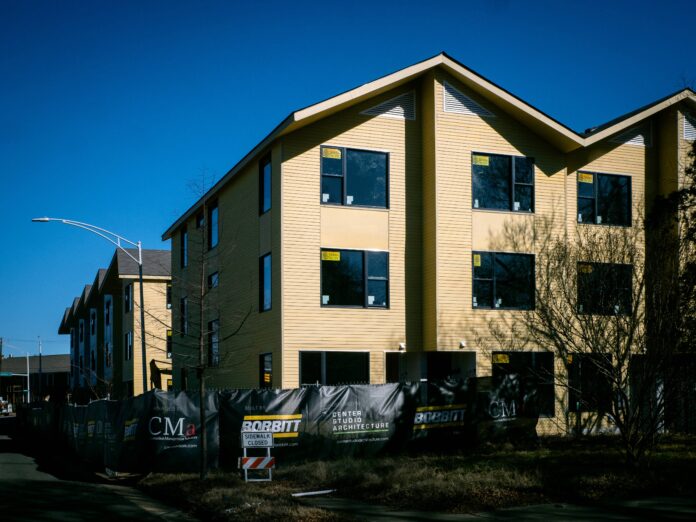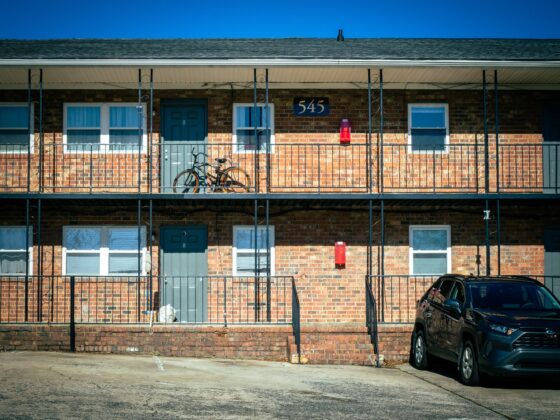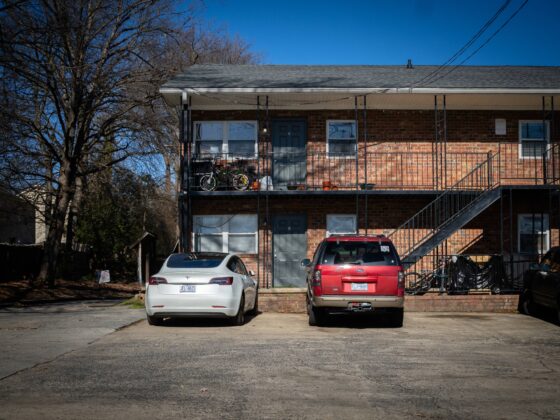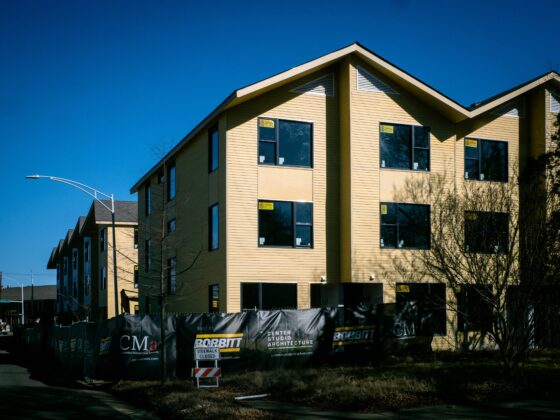THE PUSH FOR BLANKET MANDATES TO DO AWAY WITH SINGLE FAMILY-ONLY ZONING ARE NOT PRODUCING THE RESULTS THAT SUPPORTERS SOUGHT. INSTEAD, A NEW STUDY SUGGESTS LESSER TOUTED REFORMS MAY IMPROVE HOUSING AFFORDABILITY.
As states across the country have looked at zoning mandates to answer the problem of housing affordability, a new study examining one of the first jurisdictions in the country to do away with single family-only zoning has led to some surprising results.
In December 2018, the Minneapolis City Council adopted a plan with a number of reforms designed to improve housing affordability. The reform that received the most attention was one allowing duplexes and triplexes to be built on any property zoned for single-family residential construction.
Five years later, a Pew Charitable Trust study looking at the effects of the reforms finds that, indeed, Minneapolis is seeing housing production rise and rent increases slow, with rents rising less than inflation. But it is the less touted housing reforms that are producing results, not the elimination of single family-only zoning.
The study shows that eliminating parking minimums, which prior to the adoption of the reform package had required one parking spot per housing unit, is providing the biggest increase in new housing units. Another reform shown to boost housing supply allows for larger, denser apartment buildings in areas where they previously were not permitted, including commercial areas and near public transit spots.
Meanwhile, from January 2020 through March 2022, Minneapolis approved just 62 duplexes and 17 triplexes, with about half being built on lots that were once barred by single family-only zoning rules. Those units represented a fraction of the 9,000 housing units that the city permitted during the same period, with 87% being rental apartments.
While advocates for zoning reform, including those at Pew, have been slow to embrace the findings, the results pretty clearly speak to the fact that a blunt instrument like a wide-ranging zoning mandate is far less effective than more targeted, well-considered reforms that can have real effects in how housing is constructed and financed.
Similar results have been seen in earlier studies.
A 2021 study by the Terner Center for Housing Innovation at the University of California-Berkley estimated that California’s new statewide zoning mandates would result in new homebuilding only on roughly 1% of existing home lots due to cost of land and other factors. Those same researchers held discussions with developers in seven states and found little appetite for taking advantage of simple zoning changes to build more affordable development.
Studies in Australia, where cities face similar housing affordability challenges to those in the United States, also find that reforms and incentives aimed at increasing apartment construction were key to increasing housing stock and affordability in major cities in that country.
One of those studies noted that a key component of affordability is that the construction of apartments and townhomes, even with some at expensive price points, allows for the existing homeowners, particularly retirees looking to downsize, to move from their current homes. That frees up those homes for buyers looking within those home ownership markets and at more affordable price points.
Closer to home, the City of Raleigh has opened up residentially zoned areas to the construction of accessory dwelling units, or ADUs, with the city going so far as to provide a range of pre-approved site plans for potential builders. To date, though, builders have shown only modest interest in taking advantage
of the city’s changes.
Since 2020, 163 permits have been issued for ADU construction, with 84 constructed to date. Those numbers may be picking up slightly, as 77 ADU permits were issued in 2023.
Nonetheless, what all of these studies and numbers suggest is that addressing the housing affordability challenges in North Carolina and across the country will require a complete and complex response.
The problem itself is complex, created by factors including job concentration in metropolitan areas, rising land costs, rising housing material costs, and labor shortages. The rise of institutional investors buying homes for rental and short-term rental uses, making up 10% or more of purchases in some markets in recent years, also cannot be overlooked.
Policymakers who embrace simple solutions focused only on density allowances are likely to be disappointed.
The studies are increasingly making that case.






















